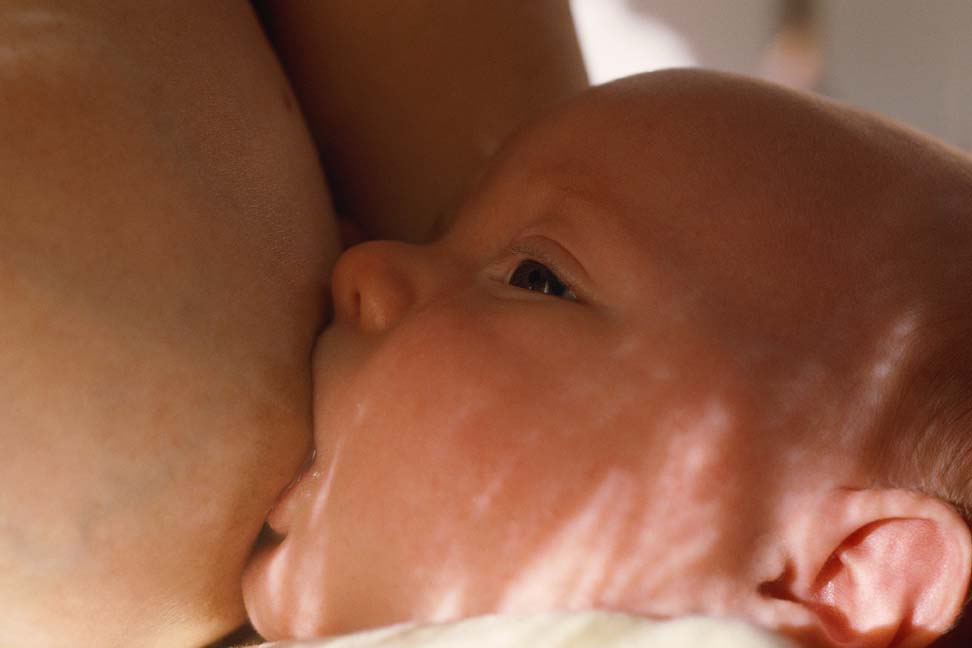Cradle cap and its related skin rash called seborrheic dermatitis are common in infants. Most babies have some degree of cradle cap. Many babies will have both conditions. The condition is benign and will resolve on its own. Seborrheic dermatitis often looks very similar to eczema and it can be impossible to tell the difference between the two. Eczema also may develop and overlap as the seborrheic dermatitis is resolving. It also looks like infant acne at times. It usually appears in the first 6 months of life, and goes away by one year of age. It is similar to or may be the same thing as dandruff in teenagers and adults. There is no known way to prevent it and it is not contagious.
What are the symptoms?
- In the scalp, cradle cap has flakes of skin and greasy scales, some of which can be thick. Sometimes there is mild redness as well.
- On the skin, seborrheic dermatitis appears as a red, patchy rash, sometimes with flakes or scales and sometimes with tiny bumps (papules). It usually starts on the forehead and may spread to the ears, neck, upper arms, back and chest. It can also appear in the diaper area and in the skin folds of the arms and armpits.
- It occasionally has mild itching or irritation associated with it.
- The rash can be impossible to tell from eczema at times.
What causes a seborrheic dermatitis?
It is caused by overproduction of skin cells and oil (sebum) in areas of skin that are rich in oil-producing glands, including the face, scalp, and upper body. It is unknown why babies are prone to this condition (it can occur in adults as well). Hormones may also play a role; infant hormone levels are quite high, and this condition is similar to or may be the same as dandruff in adolescents and adults. There may be yeasts involved as well, which usually live on the skin. Hormones may lead to increased oil production, as it does in teens and adults as well, and the yeast on the skin may react in such a way as to cause the scaly, flaking rash and dermatitis.
What should I expect?
It usually appears in the first few weeks of life by 3 months of age. It usually does not bother most babies. It tends to go away on its own by 6-12 months of age.
How is it treated?
- Mild cradle cap can be treated by gently scraping the flakes of skin with fingers, a hairbrush, baby toothbrush or washcloth.
- If the scales are very thick, sometimes softening them with baby oil for an hour can help with removal.
- Using selenium shampoo (Selsun) can help control more stubborn cases. Use it several times a week. Sometimes a shampoo that treats yeast can also help, or a shampoo or lotion with a mild steroid.
- The rash on the forehead and other areas can be treated with over the counter hydrocortisone cream 2-3 times a day.
- Sometimes patches in skin folds of neck and other areas can be treated with an over the counter ketoconazole cream.
What complications should I look for?
- Signs of infection: oozing, crusting, or pus filled bumps.
- Bleeding or cracks in the skin.
When should I seek further care?
- Signs of infection as noted above.
- Not improving with over the counter treatments.
- Severe scaling, bleeding from scales, severe itching.

